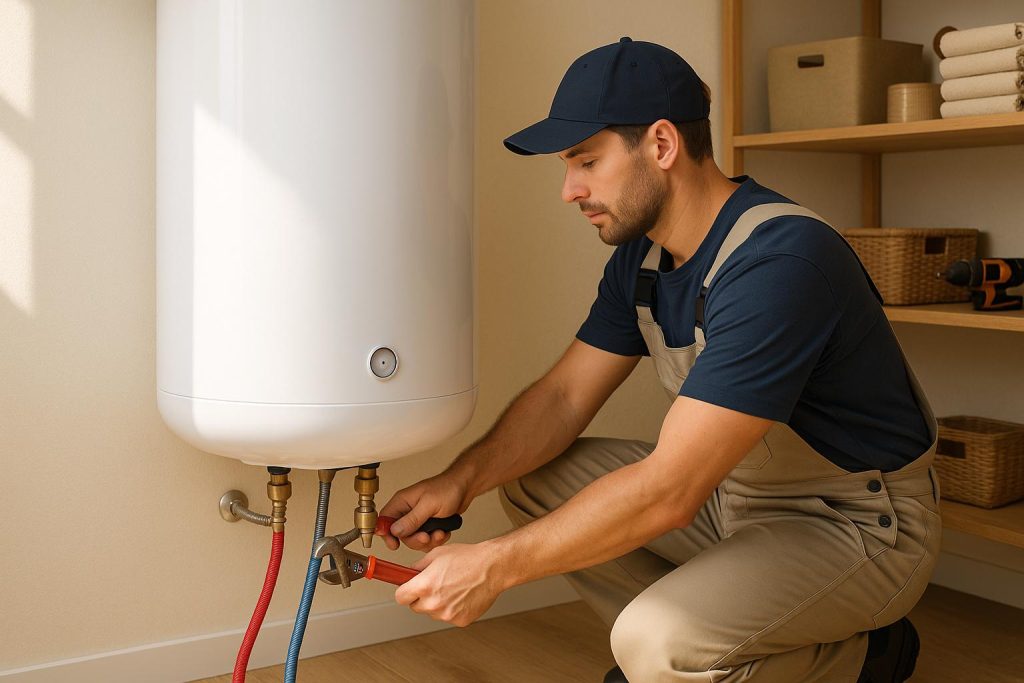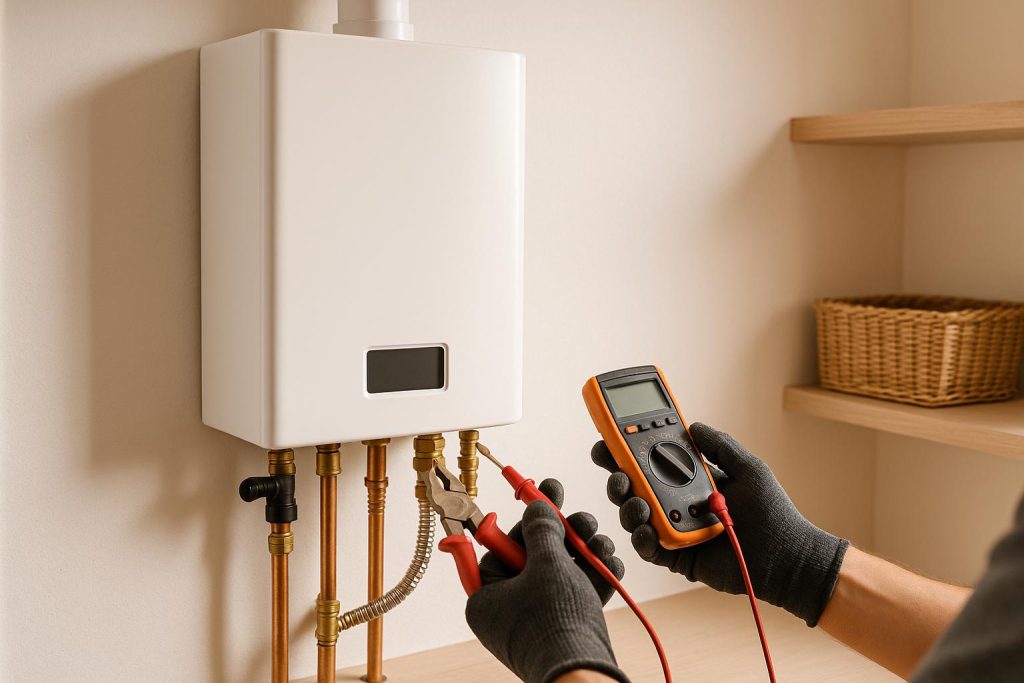Without proper ventilation, your bathroom becomes a breeding ground for mold, mildew, and persistent odors. Moisture from showers, baths, and even sink use quickly builds up, leading to long-term issues like water damage, peeling paint, and musty air.
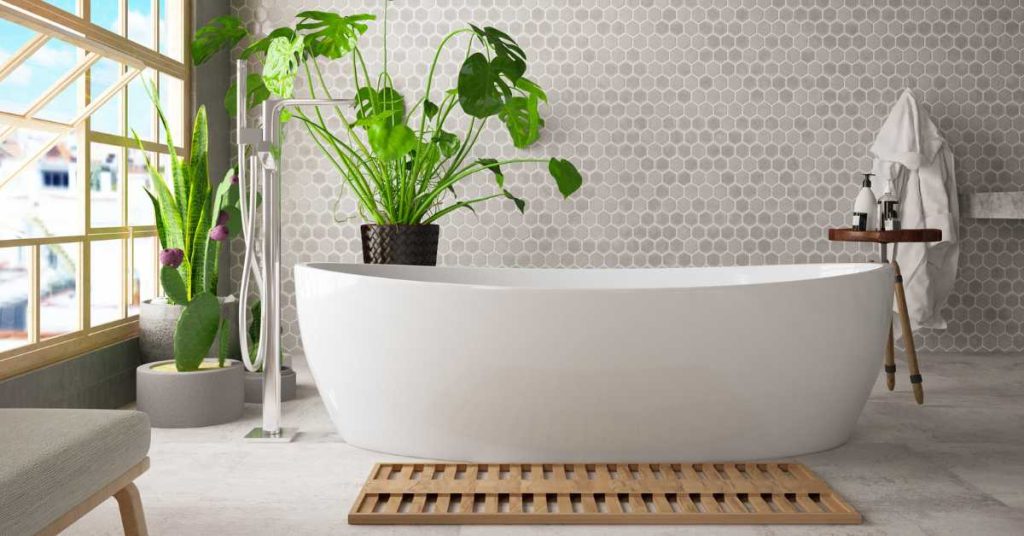
So, why is bathroom ventilation so important? Excess humidity doesn’t just make your space feel damp — it threatens your air quality, health, and home structure. Thankfully, there are smart, simple ways to fix it. In this guide, you’ll learn five proven ways to improve ventilation in your bathroom, eliminate moisture, and create a fresher, healthier environment.
The good news? Boosting bathroom airflow doesn’t require a full renovation. Below are five proven, easy-to-implement strategies to improve bathroom ventilation and eliminate moisture for good.
From installing a ventilation fan to utilizing natural ventilation options, we’ll cover everything you need to know to keep your bathroom fresh, dry, and mold-free.
1. Install a Ventilation Fan
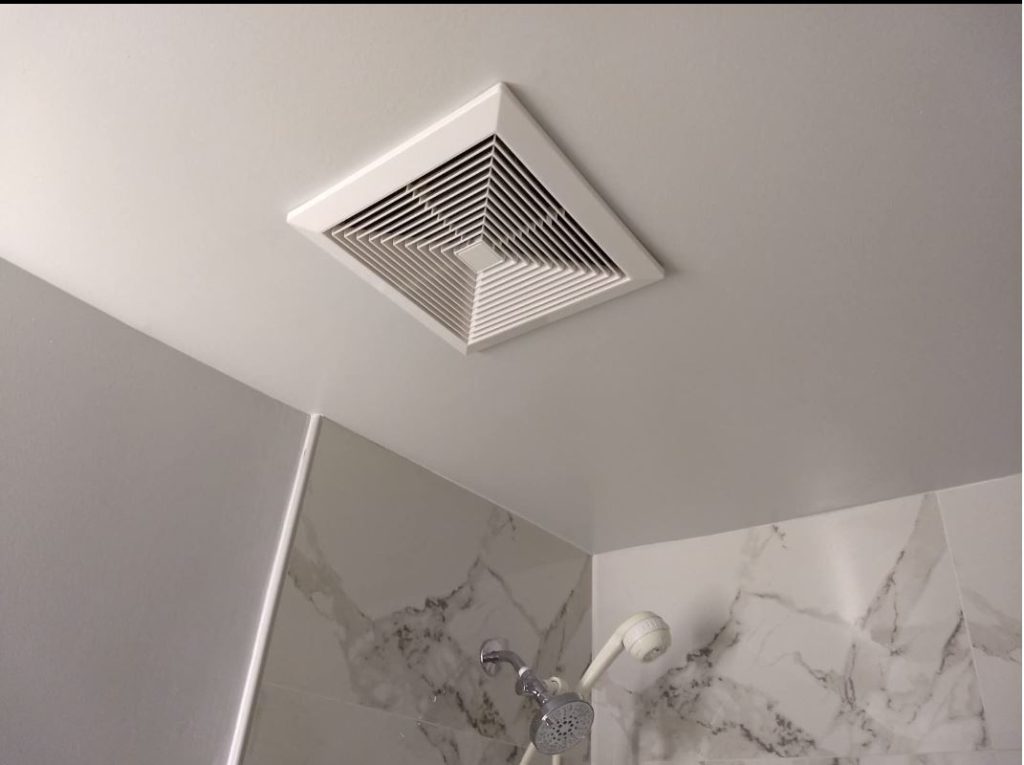
A high-quality ventilation fan is the single most effective way to remove moisture from your bathroom. These fans pull humid air out and exhaust it outside, preventing condensation and mold.
Tips for installation:
- Choose a fan with the right airflow capacity (measured in CFM) for your bathroom size.
- Install it near the shower or tub for maximum moisture removal.
- Always vent to the outdoors, not the attic.
Maintenance:
- Clean the fan grille and blades every few months.
- Replace filters as needed (check the manufacturer’s guide).
Pro Tip: Consider a humidity-sensing fan that turns on automatically when moisture levels rise.
2. Keep Windows and Doors Open

In addition to mechanical ventilation systems like fans, natural ventilation can also play a significant role in improving airflow in your bathroom. Simply opening windows and doors during and after showering can help to expel moisture and introduce fresh air into the space. However, it’s essential to be mindful of privacy and security considerations when leaving windows or doors open, especially in ground-floor bathrooms or those located near public areas.
Opening windows and doors during and after a shower helps moisture escape and lets fresh air circulate.
Best practices:
- Open a window or door for 15–20 minutes after bathing.
- Use frosted windows or window film for privacy.
- Add a door vent or transom for continuous airflow.
Bonus Tip: For added airflow and privacy, install a small operable transom window above the bathroom door.
3. Use a Dehumidifier
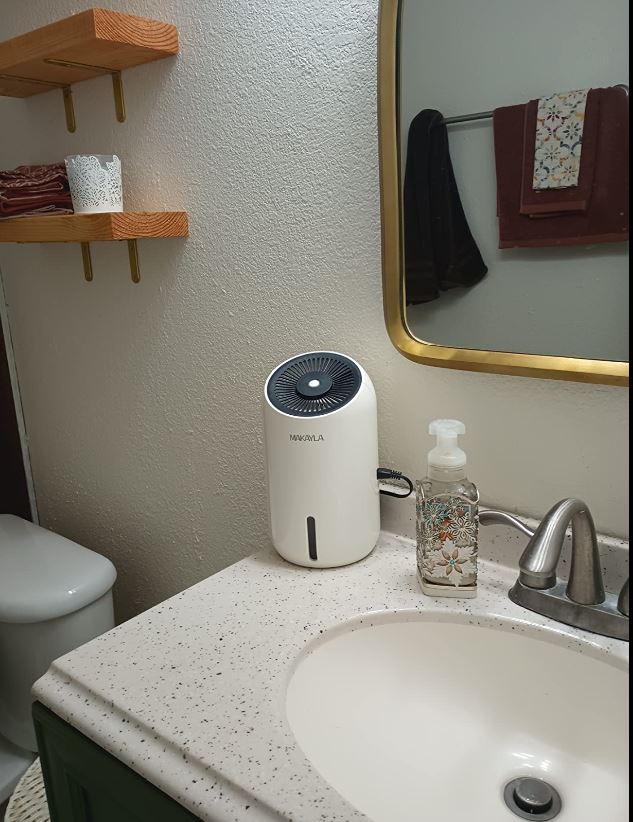
While ventilation fans are designed to remove moisture from the air, they may not always be sufficient, especially in larger bathrooms or areas with high humidity levels.
In especially humid climates or larger bathrooms, a dehumidifier can help where a fan might fall short. It pulls excess moisture out of the air, reducing the risk of mold.
What to look for:
- Choose a model with a tank size appropriate for your bathroom.
- Look for Energy Star-certified models to save on electricity.
- Quiet operation is key for smaller spaces.
Placement matters:
Avoid corners or blocking airflow with towels or furniture.
Keep it central in the room.
4. Regular Maintenance
No matter which ventilation methods you choose, regular maintenance is essential for keeping your bathroom dry, clean, and mold-free. Over time, dust, dirt, and other debris can accumulate in ventilation fans, ducts, and filters, obstructing airflow and reducing their effectiveness. To ensure optimal performance, it’s essential to clean and maintain your ventilation system regularly.
Start by inspecting your ventilation fan and ductwork for any signs of dust or debris buildup. If necessary, use a vacuum cleaner with a brush attachment to remove dust from the fan blades, vent cover, and surrounding areas. You may also need to remove the vent cover and clean the ductwork with a damp cloth or brush to remove stubborn dirt and grime.
Even the best fan or dehumidifier won’t help if it’s clogged with dust or debris. Routine maintenance ensures everything runs smoothly.
Quick maintenance checklist:
- Clean the fan cover and motor every 3–6 months.
- Wipe down ductwork if accessible.
- Check exterior vents for blockages like leaves or nests.
- Replace any worn filters promptly.
Set a calendar reminder so you don’t forget!
5. Consider Natural Ventilation Options
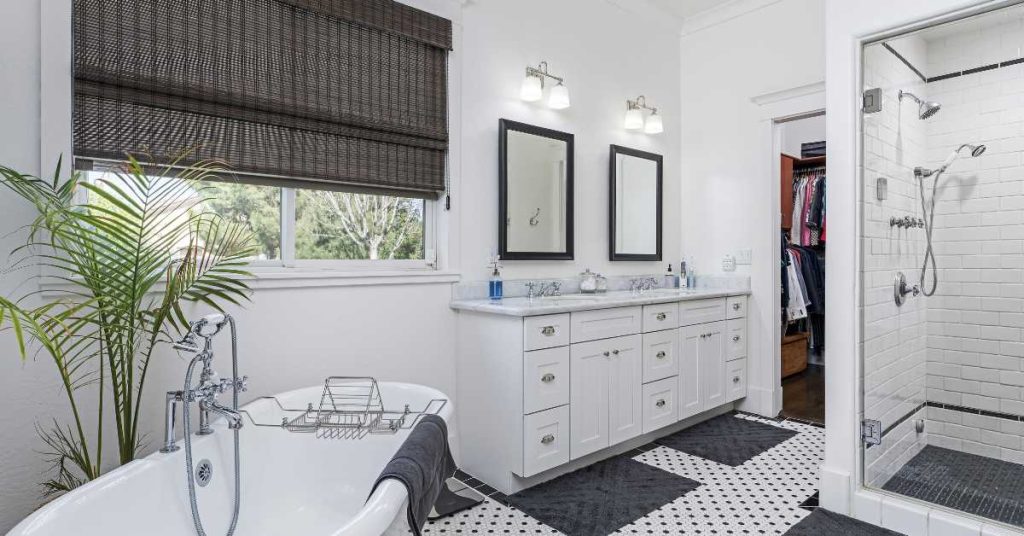
While mechanical ventilation systems like fans and dehumidifiers are highly effective at improving airflow in your bathroom, they may not always be practical or feasible for every situation. Fortunately, there are several natural ventilation options that you can consider to enhance airflow and reduce moisture buildup in your bathroom.
If installing a fan isn’t an option, try passive strategies to promote air circulation.
Ideas include:
- Install operable windows or skylights.
- Use wall louvers or air bricks to encourage passive airflow.
- Add indoor plants like ferns or spider plants that naturally absorb moisture.
Bonus: Plants improve air quality and give your bathroom a spa-like feel
Final Thoughts: Keep Your Bathroom Dry and Fresh
Proper ventilation is essential to prevent moisture damage, mold growth, and lingering odors. By following these five strategies—installing a fan, using natural airflow, adding a dehumidifier, maintaining your systems, and trying passive options—you’ll create a healthier, more comfortable bathroom year-round.
Whether you’re tackling a bathroom renovation project or simply looking to upgrade your existing ventilation system, taking steps to improve ventilation in your bathroom is well worth the effort. Not only will you create a more pleasant and functional space for yourself and your family, but you’ll also protect your home from the damaging effects of excess moisture and mold.
We hope this guide has provided you with valuable insights and practical tips for enhancing ventilation in your bathroom. If you have any questions or would like to share your experiences with bathroom ventilation, we’d love to hear from you! Drop us a comment below, and let’s continue the conversation. Here’s to cleaner, drier, and more comfortable bathrooms for all!


